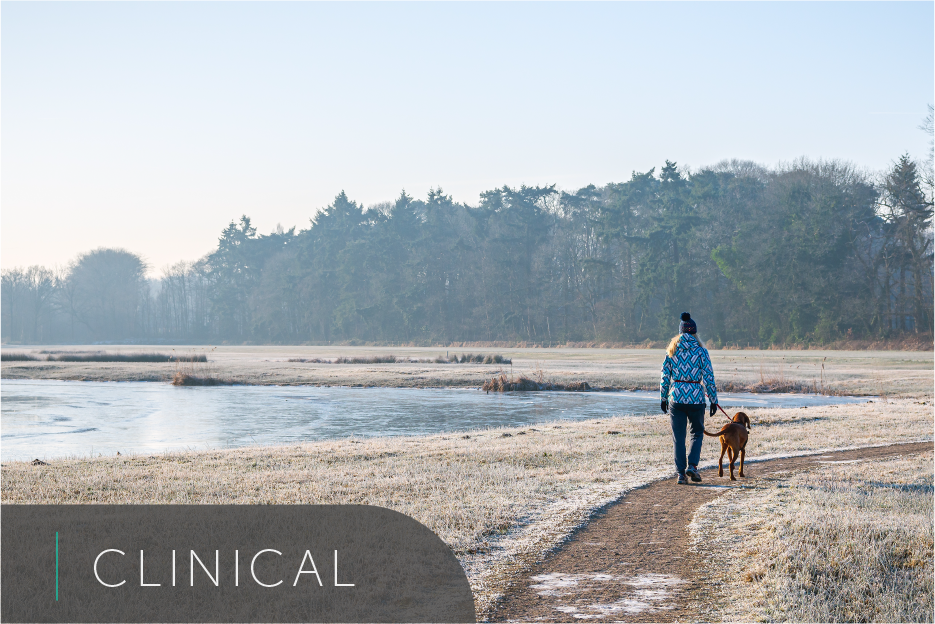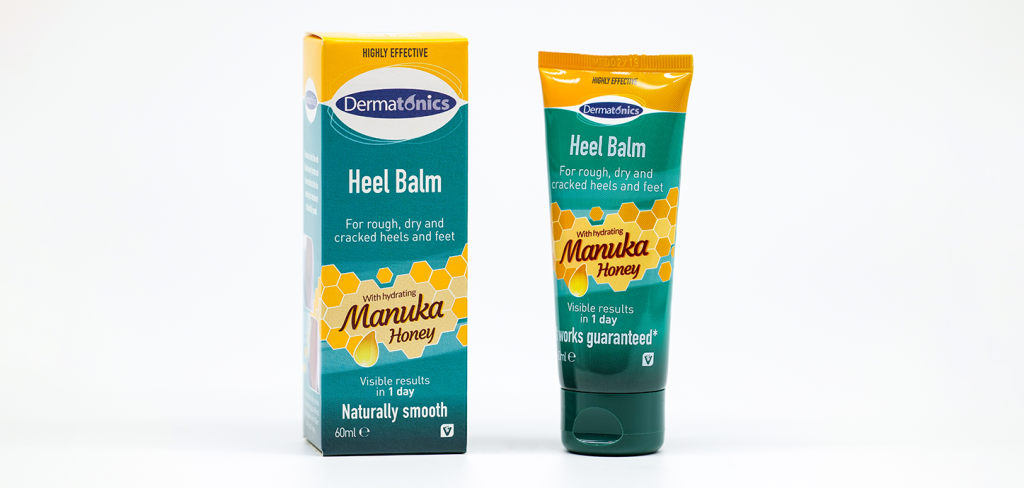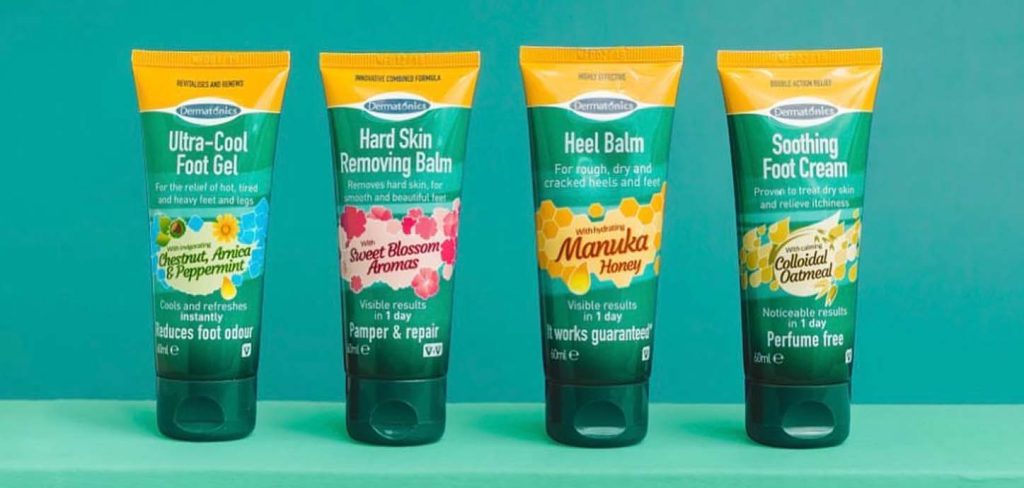
With cold nights, the best way forward is to put the heating on to warm up, right? However, with the increase of the dry heat, it can start to cause problems with your skin…
Now winter is here, there is no better time of the year to look after your feet. Here we discuss our winter footcare tips. With cold nights, the best way forward is to put the heating on to warm up, right? However, with the increase of the dry heat, it can start to cause problems with your skin, the sudden burst of heat can wick away moisture easily with speed, leaving your feet dry, cracked and with a chance for potential fissures to occur. In addition, making sure you don’t warm your feet up too quickly after coming in from the cold as this can run the risk of causing chilblains. It is even more important to look after and check your feet in winter if you are diabetic.
What to look out for this winter
If you are diabetic, the tendency for your HbA1c levels in winter can rise. As the temperature drops, blood glucose levels can be affected thus increasing the need to be more careful and conscientious when monitoring your levels. Having a rise in your HbA1c can have longer lasting effects. A change in the condition of your skin on your feet. With the cold weather, it can really affect how dry your skin can get not only on your feet but on your hands and other parts of the body. Dry skin can be the start of a couple of problems, including cracked heels and fissures which if not addressed early enough may lead to serious problems where infection can occur.
Athlete’s foot
Athlete’s foot, also known as tinea pedis. People believe this is a summer problem, but if the feet get too sweaty a fungal infection can occur. Lots of people like warm feet in winter but if they’re too warm then it becomes a problem, your feet can’t ‘breathe’. Signs that suggest a fungal infection is present on the skin are; itchy, flaky and peeling skin, the skin may also be red with an underlying burning sensation. Athlete’s foot heightens in winter time due to a lot of people wanting to warm their feet up, whether this is by wearing thicker socks, using hot water bottles, or having extra layers in bed. The warm, sweaty environment can trigger a fungal infection of the skin and nails, or unfortunately, both.
Chilblains
Chilblains occur when feet have been too cold and then are warmed up too quickly (not always). They mainly occur on hands and toes. The cold weather makes the small blood vessels in the toes and fingers reduce even further, which reduces blood circulation. With a rapid increase in heat, the blood vessels suddenly get too big too quickly, blood rushes to the area which in turn causes pain, swelling and redness. Chilblains are more common in females; they can last anything from a couple of weeks to a few months.
Winter footcare tips
It is important for everyone to keep activity levels up, especially people with diabetes. By keeping active, diabetics are not only improving and maintaining circulation, but increasing the sensitivity to insulin, this in turn will help keep a stable blood glucose level and/or reduce it, due to levels tending to rise in the winter.
Cracked heels
With dry, hard, and cracking skin it is always easier to treat if you start early enough. This will prevent more serious problems have a chance to occur, as it can be very difficult to treat, especially on your own. Cracks can be minor and easy to treat, however, if left untreated the cracks can turn into fissures, which are very deep, can bleed and be very painful when walking or weight bearing. To treat cracked heels, I would recommend moisturising the skin with a foot specific moisturiser. A key ingredient to look out for in a moisturiser is the percentage of Urea. This ingredient is an excellent humectant, which draws water from the deeper layers of your skin thus keeping your skin moist for longer. As well as this, having regular appointments with your Podiatrist to file and debride any hard skin will definitely help.
Athletes foot
Athlete’s foot can be quite difficult to eradicate. Getting the right advice on what to use and how to use it is vital for treatment. There are a couple of products and actions needed to reduce and ultimately eliminate athlete’s foot. The first tip would be to use an anti-fungal cream or spray for use on your skin. Next, I would advise washing your socks (if the fibre content allows) at 60 degrees, washing them at a high temperature will kill any fungi present.
Chilblains
With chilblains, the best treatment involves using a topical ointment, which will reduce the inflammation, redness, and bruising. The main feature however is to act as a vasodilator, so it opens the blood vessels, improving circulation. Other winter footcare tips to avoid painful chilblains forming include, gently warming your hands and feet up. Do not apply direct heat to the area and don’t scratch the area as this increases the risk of an infection occurring. It is also useful to cover chilblains with a sterile dry dressing to reduce the chance of itching or breaking the skin.
Product recommendations for winter footcare tips:
For looking after dry, hard, and cracked skin on your feet, a good urea based specific foot cream will help. I always recommend the creams from Dermatonics, specifically the Manuka Honey heel balm. The Natural Care Heel Balm contains New Zealand Manuka Honey which hydrates and draws moisture into your skin.
If you are struggling or have concerns or questions, it is recommended that you see a HCPC registered podiatrist as soon as possible. Thank you for reading our winter footcare tips article.
Supporting your local community

